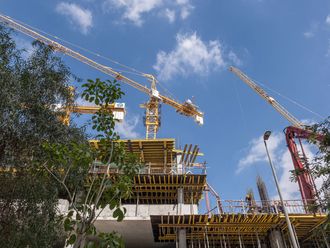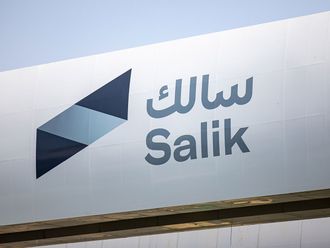Dubai: Qatar's ambitious economic policies have sustained double-digit growth rates while much of the world has struggled over the past few years. But Doha may now be overreaching, as a building boom threatens a glut in its property market.
State-owned property developers Barwa Real Estate and Qatar Diar are set to spend 100 billion riyals (Dh101 billion) over the five years to 2016 on commercial and residential projects, according to a national development strategy unveiled last March for the country of 1.7 million people. The government is backing that with promised public investment worth $95 billion (Dh348.8 billion) during the period, over $65 billion of which is expected to be on infrastructure.
The construction frenzy has led to a jump in lending to the real estate sector. But much of the property market is weak, with rents and prices falling. Lending into such a weak market could hurt banks' balance sheets and worsen the real estate slump.
Raj Madha, regional banking analyst at Rasmala Investment Bank, said it was becoming increasingly important for investors to know exactly where real estate loans were going —but that detailed information was not available.
"We are seeing some increase in non-performing loans for example and we are seeing property prices generally going in the wrong direction," he said.
Risks
Behind Qatar's building boom is its desire to diversify away from energy resources, which account for over half its economic output, and become a fin-ance, trading and tourism hub in much the same way as Dubai has done. Qatar's successful bid to host the 2022 soccer World Cup is part of this strategy, and should provide massive demand for accommodation and retail space.
For now, however, the real estate market is oversupplied. A review by consultants Jones Lang LaSalle in November showed that office space vacancies were around 20 per cent in the capital Doha, and would continue to increase as new supply appeared.
The picture in the residential sector appears similar. The rents component of Qatar's consumer price index, which includes utilities and housing services as well as rents, fell 4.8 per cent on average in 2011, though that was a slower drop than a 12.8 per cent slide in 2010.












